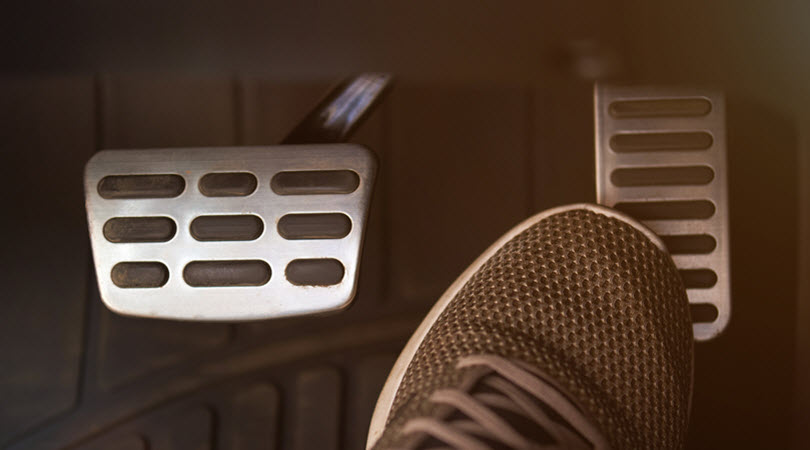
In the current automobile market, MINI cars are taking the center stage, proving to be one of the most sought-after vehicles. They perfectly combine power, luxury, and economy, three qualities that every car enthusiast wants to have in their luxury car. Minis are also known for being especially reliable, though when they do need repairs, the costs can add up quickly.
One of the car troubles that has plagued MINI owners over the years is acceleration stumbling. There are a variety of reasons why MINIs experience this problem, and the remedy is not always straightforward. It is therefore imperative that you find a service and repair business that specializes in MINIs close to you, and to learn about the signs and symptoms of an acceleration stumble so that you can act quickly when and if it ever happens to your vehicle.
Understanding the Term “Acceleration Stumble”
Chances are that you have not experienced acceleration stumbling yet. You might be surprised to learn how jarring and shocking the experience can be, especially given how fast your MINI is. When acceleration stumble occurs, the car tends to jerk or buck, which is quite alarming for drivers.
It is vital that you have your MINI diagnosed and treated by a certified MINI specialist as soon as this problem is discovered; the longer the problem is ignored, the more expensive the repair may end up being. In the event that acceleration stumbling continues unresolved, you might begin to notice other, more serious symptoms, such as engine failure or misfiring, depending on the initial cause of the problem.
Reasons Behind Acceleration Stumbling
Because there are numerous possible reasons for your MINI to experience acceleration stumbles, your MINI specialist will need to undergo a differential diagnostic to rule out other possibilities. However, the following are some of the most typical causes of this problem in MINI cars:
A Faulty Throttle Position Sensor
Your MINI’s fuel-air mixture regulator is comprised of a complex part that helps determine what the correct mixture should be at any given time based on driving conditions and driver demands.
If the TPS is not functioning properly, it won’t know what the correct ratio of fuel to air should be, leading to acceleration stumbling when you step on the gas pedal.
Faulty Fuel Injectors
It is the job of your car’s fuel injectors to spray fuel into the engine to generate the precise mixture of fuel and air that is required for combustion. However, if the fuel injectors are faulty or failing, it results in constriction in the entire process. It’s possible for acceleration stumbling to occur as a result of the incorrect mixture in the combustion chamber.
Warning Signs That Coincide with Acceleration Stumbling
Acceleration stumbling often occurs alongside other symptoms, which is why you should keep an eye on your vehicle and have it inspected regularly to avoid it. In addition, if you detect any of these warning signs in your MINI, you must contact a MINI specialist immediately:
- Visibly damaged spark plugs
- Moisture on the distributor cap
- A groaning engine sound
- Visibly dirty fuel filter
- Engine misfiring
- Decreased fuel efficiency
- Failed smog tests
- Illuminated check-engine light
All of these warning signs should not be ignored, as they can result in even more severe complications that are capable of damaging the performance of your MINI.
How To Prevent This Problem From Occurring
MINIs should be kept in excellent condition in order to ensure that acceleration stumbling does not occur while you are driving.  Maintaining your car will also guarantee that you will enjoy all the benefits of owning a luxurious MINI car.
Maintaining your car will also guarantee that you will enjoy all the benefits of owning a luxurious MINI car.
At Carotech Automotive, we make it our mission to provide our customers in Los Angeles, CA, with the best specialized, expert automotive care possible for their MINI cars. We do this not only for their safety but also because we are passionate about the MINI brand. Our highly experienced automotive experts have years of experience working with MINIs, so you can rest assured that your vehicle is in safe hands. If you suspect acceleration stumbling in your MINI, feel free to contact one of our helpful representatives if you’d like to schedule an appointment for an inspection or set up a routine maintenance plan.

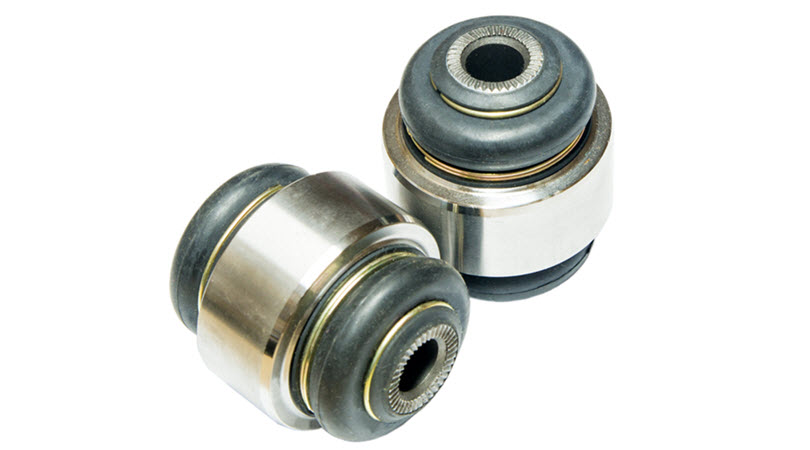
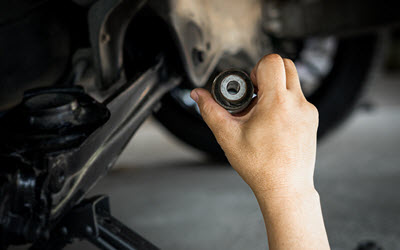 When you need expert auto repair service in Los Angeles, CA,
When you need expert auto repair service in Los Angeles, CA, 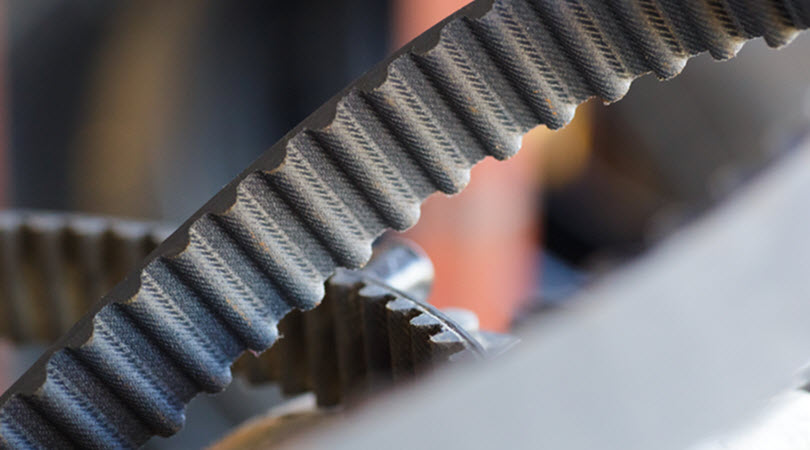
 loose or just due for a check-up,
loose or just due for a check-up, 
 you may pay more due to extensive damage.
you may pay more due to extensive damage.
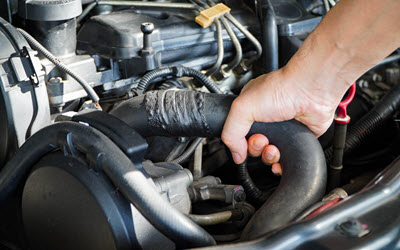 and repaired by experienced professionals who understand every aspect of its engineering. Therefore, if you notice any of the above indicators of radiator leak, visit
and repaired by experienced professionals who understand every aspect of its engineering. Therefore, if you notice any of the above indicators of radiator leak, visit 
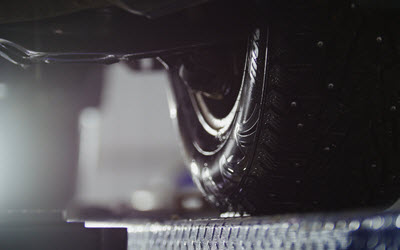 to
to 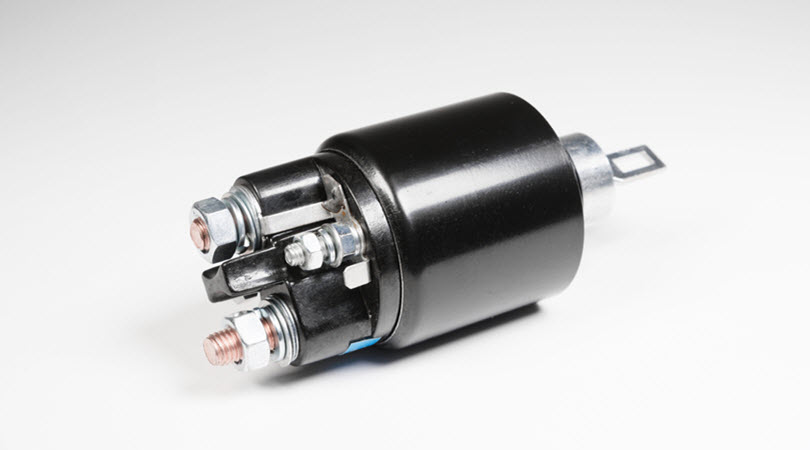
 is the source of the problem in your Mini Cooper, jumpstart your car with jumper wires or call us for a tow.
is the source of the problem in your Mini Cooper, jumpstart your car with jumper wires or call us for a tow. 
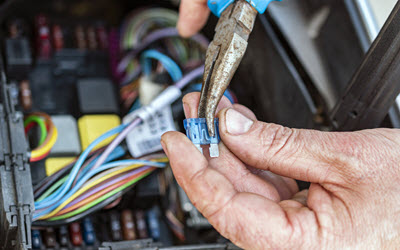 refuse to turn off? Issues like this may appear to be minor annoyances at first, but they should be addressed as quickly as possible to prevent further damage. If you detect issues with any of the areas listed above, don’t wait to schedule an appointment with
refuse to turn off? Issues like this may appear to be minor annoyances at first, but they should be addressed as quickly as possible to prevent further damage. If you detect issues with any of the areas listed above, don’t wait to schedule an appointment with 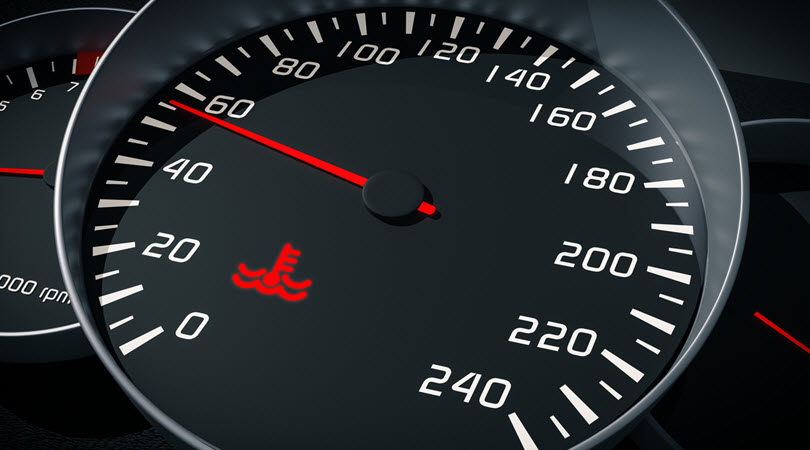
 50 years. We service popular
50 years. We service popular 
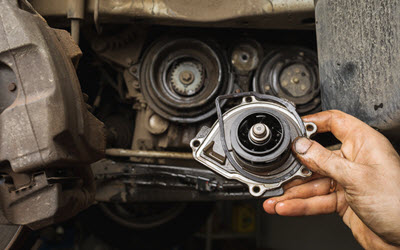 specialize in European automobiles at Carotech Automotive, Los Angeles, CA. Our expert mechanics are skilled and qualified in BMW’s sophisticated systems and technology, so you can trust our service delivery when you bring your vehicles in to have the water pump examined.
specialize in European automobiles at Carotech Automotive, Los Angeles, CA. Our expert mechanics are skilled and qualified in BMW’s sophisticated systems and technology, so you can trust our service delivery when you bring your vehicles in to have the water pump examined.



Recent Comments